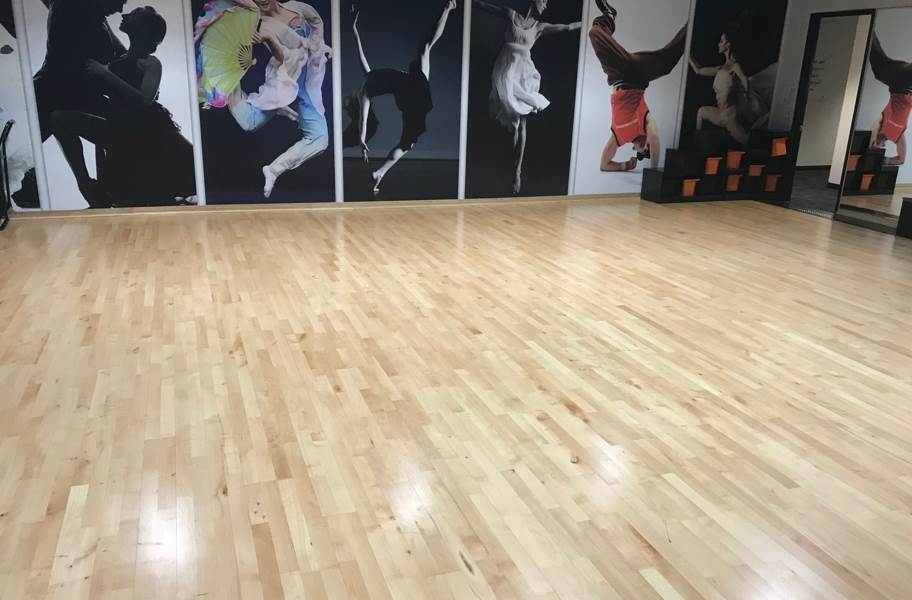Exploring the Advantages and Drawbacks of Timber and Vinyl Performance Floor Components for Ideal Performance and Visual Appeal
Exploring the Advantages and Drawbacks of Timber and Vinyl Performance Floor Components for Ideal Performance and Visual Appeal
Blog Article
When it comes to selecting the appropriate dance floor material, timber and vinyl are two popular options that performers and dance studio owners often consider. Each material has its own distinct advantages and drawbacks that can affect performance, security, and visual appeal. Comprehending these differences is essential for arriving at an educated decision that satisfies the requirements of dancers and enhances the general environment in a dance studio or showcase area.
Wood dancing surfaces are often favored for their traditional appearance and texture. They provide a natural area that can take in shock, which is beneficial for performers who execute high-impact movements. The elasticity of timber helps minimize the risk of harm, such as twists and strains, by providing a supportive area. Additionally, timber surfaces can be refinished, allowing them to keep their appearance over time. This longevity makes them a long-term investment for dancing studios. However, wood surfaces can be more expensive to install and upkeep compared to vinyl choices, and they may need regular maintenance to avoid warping or harm from moisture.
On the other hand, synthetic dancing floors provide a variety of advantages that make them appealing to many dancing spaces. One of the main advantages of synthetic is its affordability. Vinyl flooring is generally more affordable to buy and install than wood, making it a budget-friendly choice for studios. Furthermore, synthetic is offered in a wide range of hues and designs, enabling for more customization to match the aesthetic of the space. Vinyl floors are also simpler to maintain and care for, as they are resistant to stains and water. However, some dancers may find that vinyl does not offer the equivalent level of impact absorption as wood, which could lead to unease during extended rehearsal sessions.
Another crucial factor to evaluate is the kind of dancing being performed. Different dancing genres may demand distinct floor surfaces for optimal performance. For instance, classical ballet performers often favor wood floors because they provide a stable surface for spins and leaps. weblink In contrast, genres like hip-hop or jazz may benefit from the non-slip features of synthetic. It is essential for studio owners to consider the primary dance styles taught in their studio when choosing a surface substance. This evaluation can help guarantee that dancers have the best possible environment while rehearsing and executing.
Aesthetics also play a significant part in the decision-making process. Wood floors are often associated with elegance and heritage, making them a favored option for elegant dancing spaces and theaters. The natural grain and warmth of wood can create a welcoming atmosphere that enhances the overall experience for both dancers and audiences. Conversely, vinyl floors can be designed to mimic the look of wood or other substances, offering a contemporary and chic look. The decision between timber and synthetic can eventually hinge on the intended atmosphere of the area and the impact that dance studio owners want to create.
In conclusion, both wood and synthetic dance floors have their own set of benefits and drawbacks that can impact execution and visual appeal. Timber surfaces provide longevity, shock absorption, and a traditional appearance, while synthetic floors provide affordability, ease of maintenance, and styling versatility. The choice between these materials should be based on the specific requirements of the performers, the types of dance being taught, and the overall concept for the dance studio. By thoughtfully considering these factors, studio owners can create an atmosphere that enhances best performance and enhances the enjoyment of dance for everyone involved.